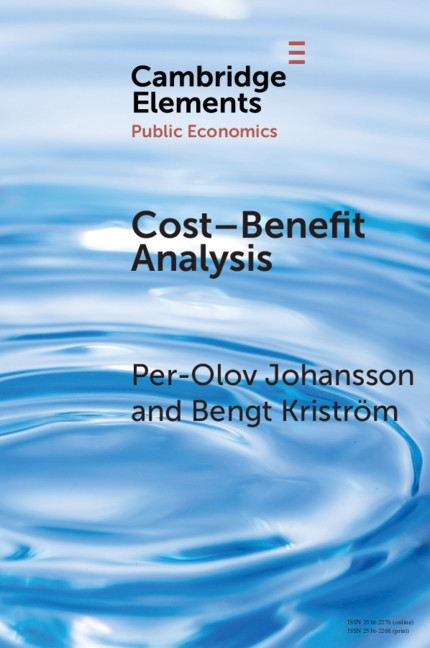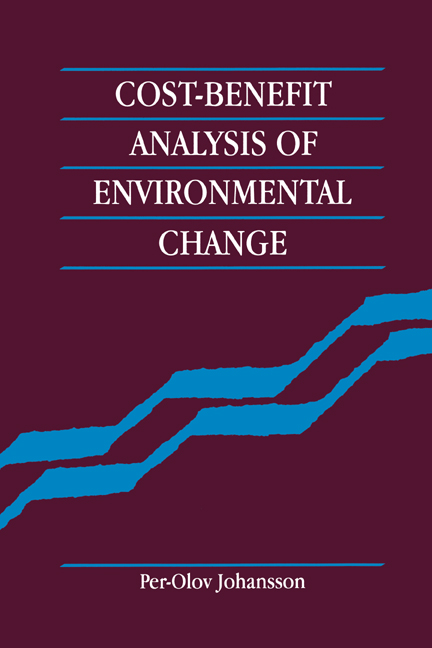Cost-Benefit Analysis for Project Appraisal
Written by two leading experts, this is a compact guide to the key tools and methods necessary to carry out cost-benefit analysis (CBA). The authors use modern economic tools to obtain general equilibrium cost-benefit rules that can be used to evaluate small projects, as well as large and even mega projects. Intertemporal issues like discounting, the shadow price of capital, and the treatment of risk are covered, and a state-of-the-art summary of available methods for the valuation of unpriced commodities is also included. In addition, the book provides detailed expositions of the marginal cost of public goods (MCPF), the marginal excess burden of taxes (MEB), and second-best evaluation rules, and shows how these concepts are interrelated. The importance of undertaking due diligence in evaluations is highlighted. This is an excellent toolkit for graduate students learning about the principles of CBA, and is a useful guide for government officials and policymakers.
- Offers an integrated approach to cost-benefit analysis based on general equilibrium theory - this provides readers with a single, consistent framework so that any CBA problem can be attacked with a common approach
- Provides a comprehensive overview of methods that can be used to value unpriced commodities and ones that can be used to value risky projects
- Emphasizes due diligence, which is an important part of any serious empirical evaluation and avoids biased estimates
Product details
January 2016Paperback
9781107548220
250 pages
247 × 174 × 12 mm
0.5kg
28 b/w illus. 4 tables
Available
Table of Contents
- Preface
- 1. Introduction
- 2. The basic cost-benefit (C-B) model 9
- 3. Market distortions
- 4. Intertemporal generalization
- 5. Natural resources
- 6. Small versus large projects
- 7. Aggregation
- 8. Appraisal in a risky world
- 9. Notes on estimation
- 10. A smörgåsbord of further topics
- 11. Robustness checks and due diligence in evaluations
- References
- Index.

















